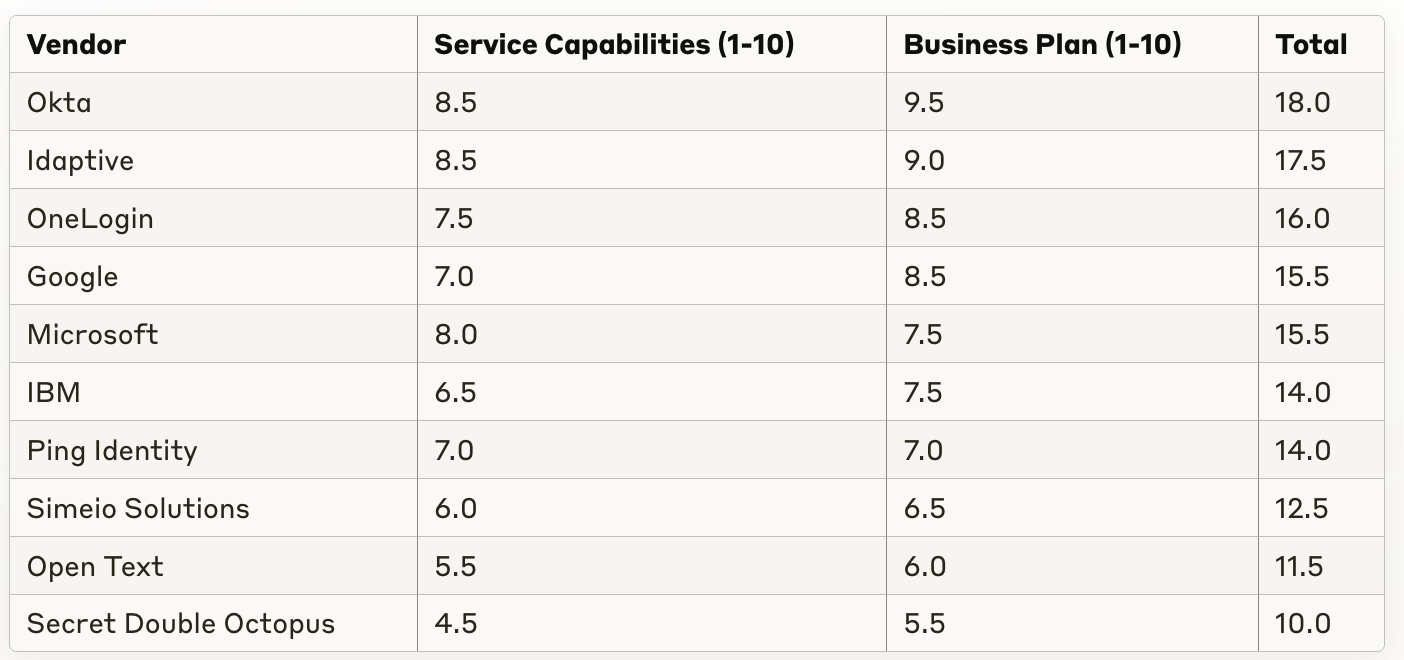Market Note: Identity as a Service (IaaS)
Identity as a Service
The Identity as a Service (IDaaS) market is experiencing rapid growth, projected to reach $16.58 billion by 2028 from $4.8 billion in 2023, representing a robust CAGR of 22.95%. This expansion is driven by increasing cybersecurity threats, regulatory compliance requirements, and the widespread adoption of cloud-based services across enterprises. The market encompasses workforce identity management, customer identity access management, and privileged access management solutions, with major players competing to provide comprehensive identity security platforms. North America dominates the market share due to early technology adoption and presence of key vendors like Okta, Microsoft, and Ping Identity. Cloud transformation initiatives and zero-trust security architectures are accelerating market growth, particularly in large enterprises and regulated industries. The COVID-19 pandemic has further catalyzed market expansion by forcing organizations to rapidly implement secure remote access solutions for distributed workforces.
Components
Identity as a Service (IDaaS) consists of several core components starting with Single Sign-On (SSO), which enables users to access multiple applications with one set of credentials. Multi-Factor Authentication (MFA) adds additional security layers beyond passwords, using elements like biometrics, security tokens, or one-time passwords. Directory services form the backbone by storing and managing user identities, often integrating with existing systems like Active Directory. Access Management controls what resources users can access based on their roles and permissions, implementing the principle of least privilege. Identity Governance and Administration (IGA) handles user lifecycle management, including onboarding, role changes, and offboarding. Advanced Identity Analytics and User Behavior Analytics monitor for suspicious activities and potential security threats. API security ensures secure access to application programming interfaces, which is crucial for modern cloud-native applications. Finally, Identity Verification and Proofing services validate user identities during initial enrollment and high-risk transactions.
